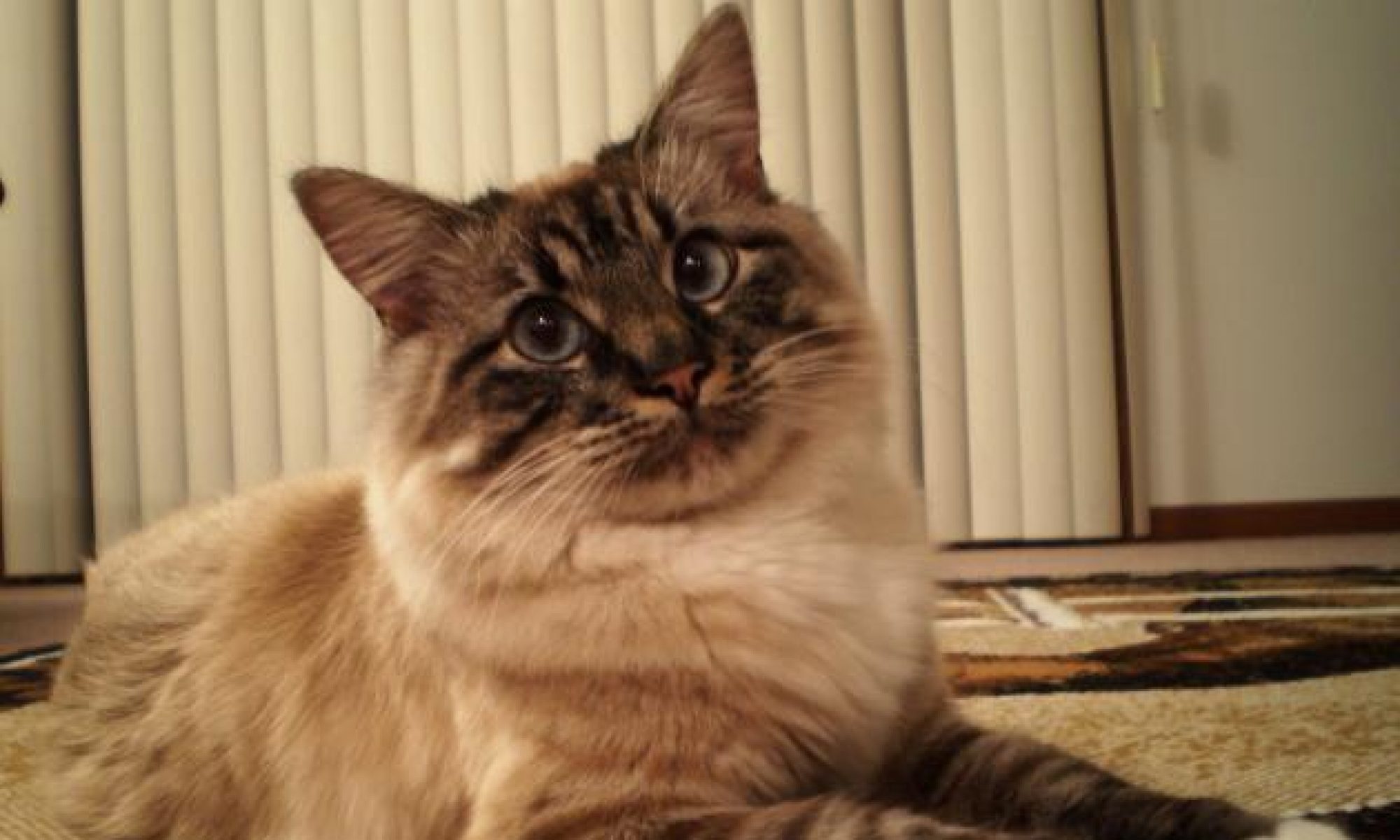Article Written by:
Glenn Nader, University of California Cooperative Extension, Yuba City, CA

Have pet carriers ready in case you need to evacuate. This will prevent the animals from escaping during evacuation by limiting their movement in the vehicle and when you arrive at the evacuation destination. Make sure you have a leash if your dog(s) are too large to fit in a pet carrier. Many shelters do not take pets, so make plans before …
